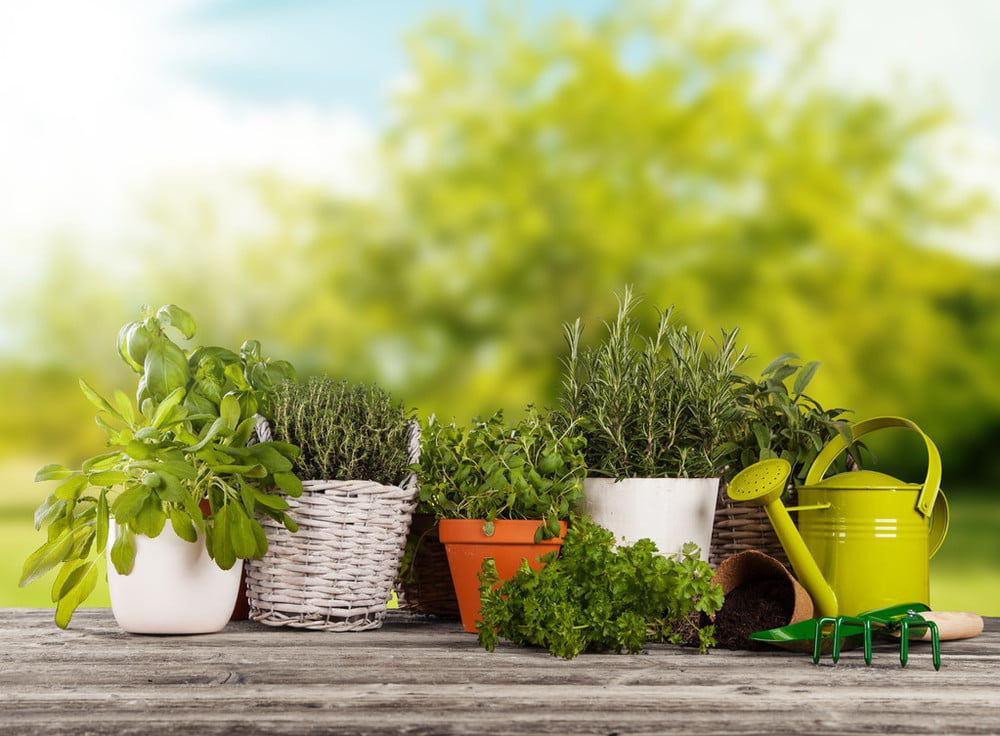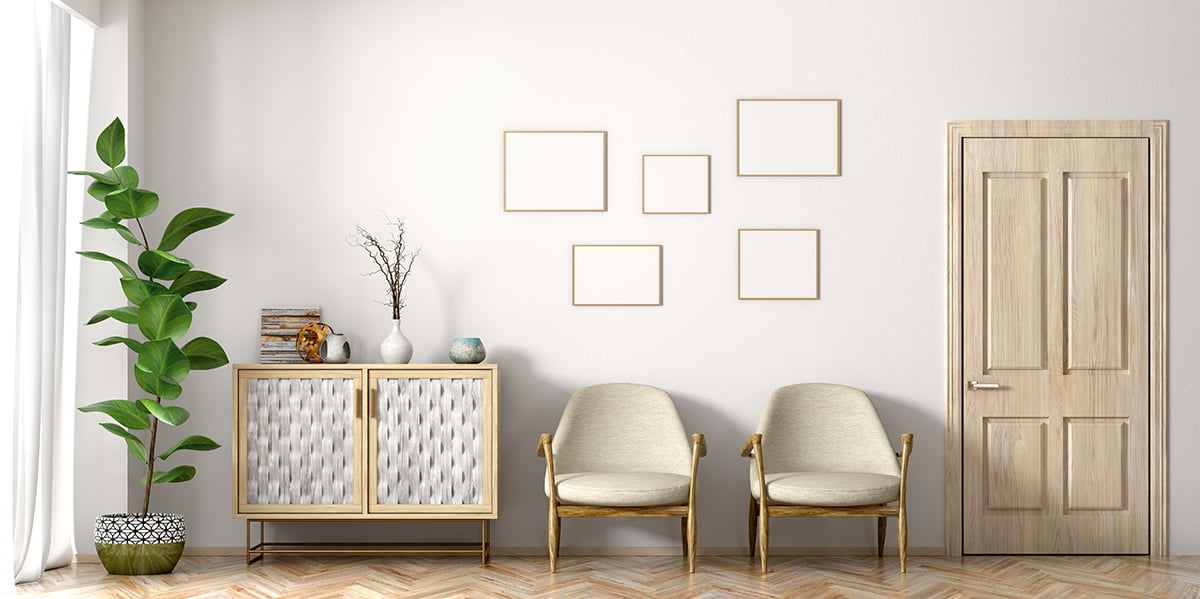With a bit of thought and creativity, flower pots for houseplants can be made with things ready at hand. Choices can be made to match your current home décor or to suit your desired home style. All kinds of vintage pottery, teacups, and teapots can be mixed and matched to serve as modern and geometric flower vessels, the decision is yours. Granted, the shape and size of the plant that you are putting in the pot and suitability should be considered. For example, the sentry palm (Howea belmoreana) is born to be matched perfectly with very modern raffia baskets, as well as square metal pots that exude a sharp sense of conflict.

Before unleashing your creativity, first check the weight and size of the vessel you have chosen and make sure that it is big enough for the entire bulb of plant and that it is waterproof.
has a lot of experience with choosing flower vessels. would put greenery in used bottle corks or light bulbs and string them up in his hallway or kitchen. And he can even make a micro garden in a discarded bathtub, sink or an old suitcase. In summer, he would transform the temporarily idle hearth fence into part of an indoor landscape and got famous for it. You would be surprised by your creativity once you start to think of your home vessels as potential flower pots. Tips: Bigger flower pots are to be made with lighter materials, such as wicker or plastic. It should be considered especially when the pots are to be moved frequently.
Plant Care Tips for Gardening Beginners
*After buying a plant, it is best to move it out of the plastic pot and into the vessel you have chosen the moment you get home.
*If your flower pot is not waterproof, then a watertight “liner” must be created by padding the interior with waterproof and hermetic material, putting in a waterproof coating, applying some thicker industrial plastic backing board, or taking a page from the various pond waterproofing lining methods.
*Add drainage to the bottom of the vessel. Line the pot with pebbles, gravel or crock at the bottom with the layer taking up about one fifth of the total capacity of the pot.
*Put a layer of composting soil on top of the drainage, whose thickness depends on the size of the pot and the root ball of the plant. For example, a small root ball in a deep pot requires a thick layer of soil.
*Arrange the plant in the pot (put it in the center if there is only one plant), and slowly add compositing soil and tamp down it bit by bit.
*Water the plant. Take care not to over-water the plant if it prefers dry soil.
*Put a covering on it. For example, a professional finishing approach is to provide it with a coating of moss to keep its humidity.
*If feasible, earth up the plant every early spring, especially when the root ball is about to be as big as the pot and requires a new pot that is one size bigger. Some fresh compositing soil should be added and fertilizer applied when earthing up. If several plants are growing in the same pot and you are planning on letting them grow apart, then earthing up could help you achieve it.
*Though keeping a plant in a small vessel may hinder its growth, it can ensure its health. Therefore, it is advised to keep a plant in the same pot for at least three or four years before moving it to a bigger pot.
Tips: Moss covering
*There are two kinds of common moss, one of which is the green flat moss , and the other being white lichen and Cladonia rangiferina
*Remember to spray the moss each time you water the plant. And give it more water if it’s too dry and then its color comes back after absorbing enough moisture.
*Do not collect moss yourself. Buy it at a horticultural center or a flower shop.
*Moss attracts a bug called “Sciarid flies” when put it in a dark and damp place.
*Apart from moss, crock, pebbles, haydite, gravel, and wood chips can also be used as the covering. They may not be as effective as moss, but they help keep humidity to a certain extent.



